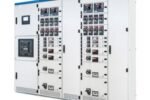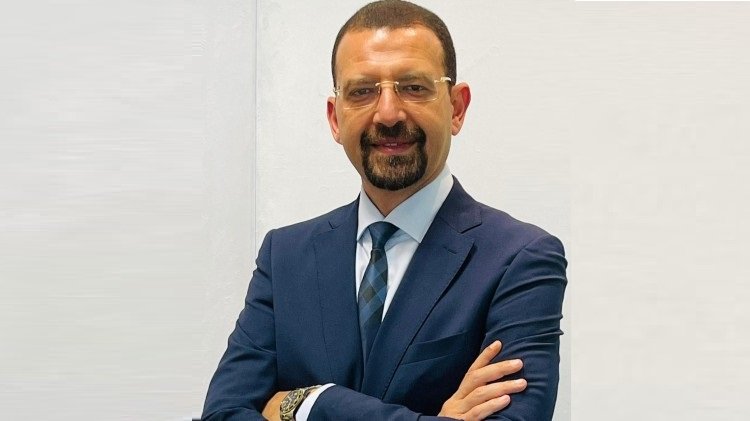Mohammed Shaheen, Cluster President, Saudi Arabia and Yemen, Schneider Electric, explains how a whole-of-society approach can spearhead business to great heights.
The Kingdom of Saudi Arabia has leveraged crude oil for socio-economic growth like any other nation with fossil fuel resources. Unlike many, however, the need for a whole-of-society approach to climate actions is not lost on the nation, as evident from its ambitious Saudi Green Initiative (SGI) — an umbrella program with over 60 initiatives pertaining to net-zero goals, renewable energy uptake, efficiency-led interventions, afforestation, and ecological preservation.
At Schneider Electric, we ascribe to the whole-of-society approach as a route to balancing emissions with carbon-offset initiatives that adhere to the Saudi Green Initiative. Fundamentally, our strategy posits that there is no one-size-fits-all approach to a green and sustainable economy; it requires a multi-pronged strategy and multistakeholder participation.
In the Kingdom’s context, it is a transition to a knowledge-based, circular and diversified economy — one with less dependence on crude oil. While the vision is ambitious, its effective implementation requires robust technological considerations.
Reducing emissions through technology
Last year, Schneider Electric achieved the distinction of being one of the world’s first companies to have its net-zero roadmap validated by the Science Based Target Initiative’s new corporate Net-Zero Standard. The said roadmap was instrumental in reducing clients’ carbon emissions by 84 million tonnes in 2021 — which took the total carbon emissions saved and avoided since 2018 to about 400 million tonnes.
Such impact bodes well for the Kingdom at this juncture as its ambitions transformed into actions. The cause for our optimism also stems from the pertinence of Schneider EcoStruxure — the IoT-centric solution at the core of our emission-control strategies — in several initiatives under the SGI umbrella.
There are two major concomitants to the Kingdom’s bid to reduce 278 mtpa of emissions by 2030: More renewables in the energy mix and higher efficiencies in existing systems. On the renewables front, increased solar energy adoption can be of great consequence. Studies suggest that Saudi Arabia has immense solar energy potential, with direct normal irradiance (DNI) estimated to be around 6 kWh/sq.m/day(3). Taking into account the decreasing prices of PV cells and panels, we believe the time is right to harness solar energy at scale.
Saudi Arabia has substantial wind energy sources;equipped with IoT-based sensors, solar and wind energy systems can be constantly monitored, proactively maintained, and operated at maximum efficiency. Such possibilities complement Saudi Arabia’s goal of meeting 50% of the Kingdom’s domestic energy needs from renewables by 2030.
Efficiency-driven interventions in existing systems
While renewables can upend the fossil-fuel status quo, the time-sensitive targets necessitate more critical interventions, especially in existing energy systems. As part of frameworks like the Saudi Energy Efficiency Program (SEEP), provisions must be made to incorporate enterprise-level technologies such as EcoStruxure. In several case studies using EcoStruxure, we have registered 15-30% savings in operational costs and energy expenses on average. Such outcomes are possible primarily due to the IoT-led integration of resource data and resulting insights, which enable informed decision-making, efficiency improvements, and compliance with sustainability standards.
The appeal of IoT-based solutions is that they find relevance across sectors, from power plants to agriculture. So, decision-makers in Saudi Arabia can implement these solutions in carbon-intensive industries like oil and natural gas, as well as conservative ones like forestry. These broad-based applications complement the whole-of-society approach that SGI (Saudi Green Initiatives) is undertaking. For example, the SGI program to plant 10 billion trees in Saudi can be supported through sensor-based farming solutions, which perform critical functions such as irrigation as per soil moisture and climatic data. Such insights-led, AI-enabled operations are conducive to energy savings as well as the success of the program.
Technology adoption can future-proof today’s actions
IoT architectures characterize programmability and interoperability, allowing stakeholders to seamlessly integrate new solutions/technology/devices. That is to say, IoT-enabled operations can be future-proofed as and when innovations emerge. Meanwhile, by virtue of proactive maintenance and benchmarked optimal performances, the life span of existing systems can be maximized, thus adding to savings. So, IoT implementation also has a strong cost-optimization aspect to it. While opening numerous possibilities, IoT architectures serve as a single source of truth, the need for which cannot be underscored enough.
Today, evidence-backed climate actions are finding consensus across the globe; any action toward sustainability must be substantiated with data. To that end, a single-source-of-truth architecture can provide stakeholders with sustainability reports and help comply with regulations — which are set to increase in the foreseeable future. KSA can accurately quantify the impact of SGI while staying focused on long-term priorities such as ecological preservation, socioeconomic development, and net-zero 2060.
At Schneider Electric, we believe that economies of the future must be circular. And that future is well within the reach of Saudi Arabia because of its penchant for innovation, an acute awareness of its own strengths and challenges, and top-down policymaking.











